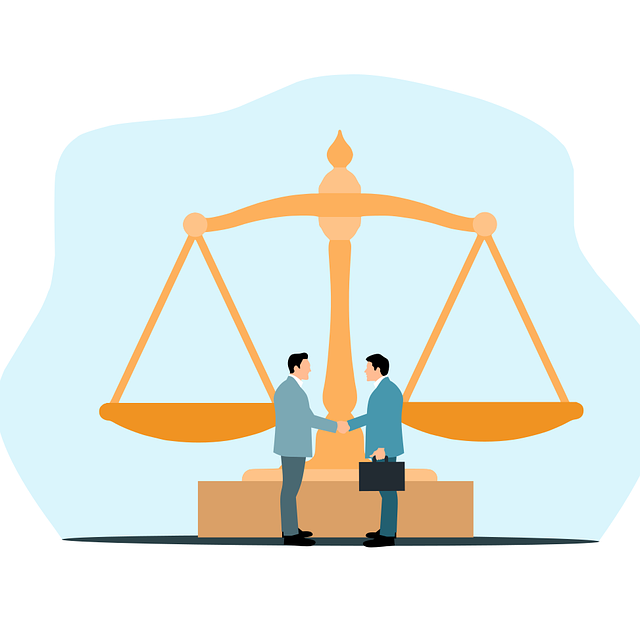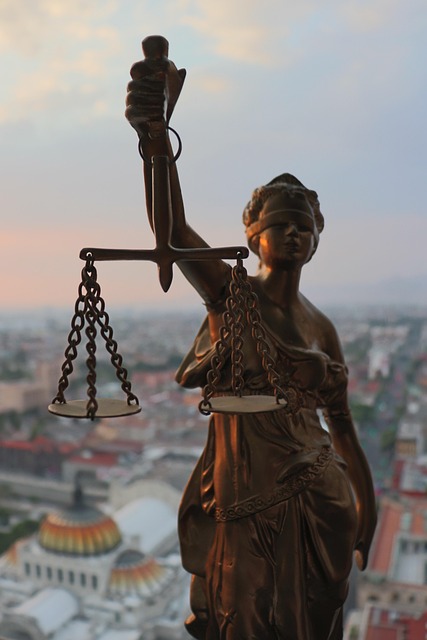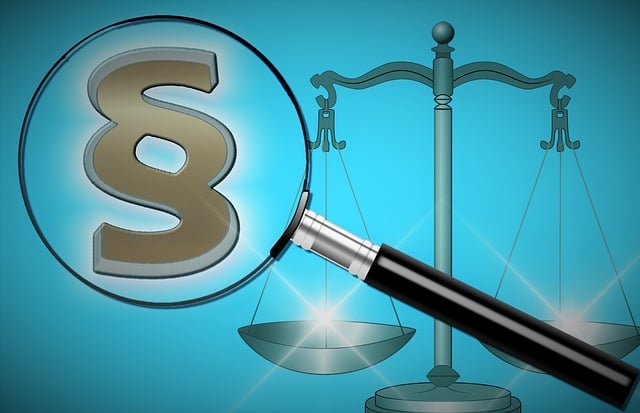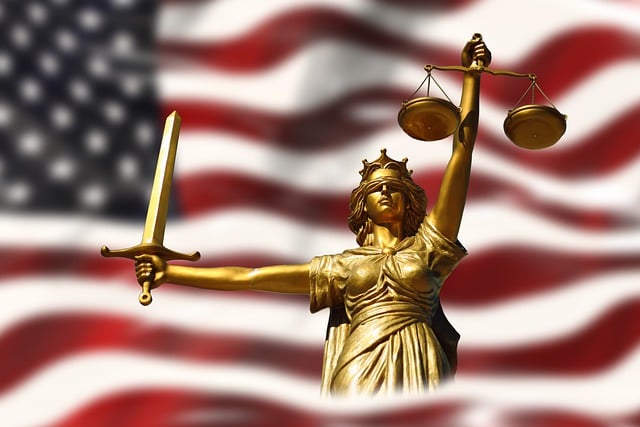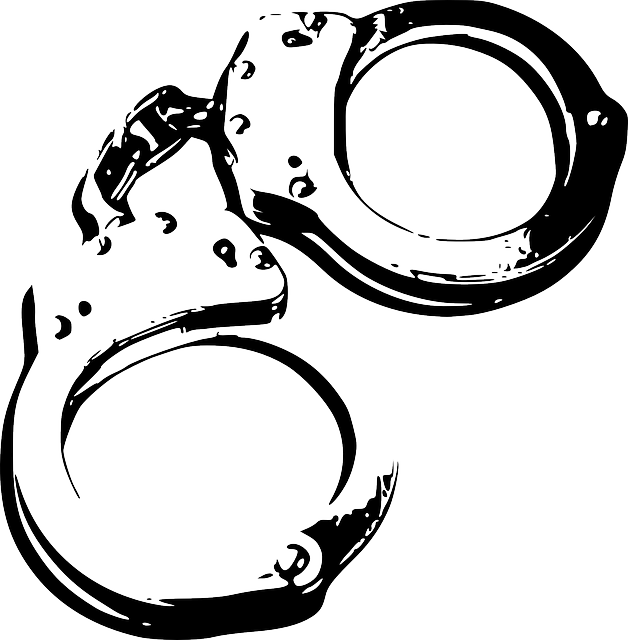C-Level Investigations are thorough, impartial probes into high-level misconduct, from financial fraud to intellectual property rights (IPR) violations, triggered by internal or external reports. These investigations are crucial for maintaining corporate integrity and reputation, with a goal of complete dismissal if no evidence is found. IPR violations, like copyright infringement or patent misappropriation, pose significant legal risks, requiring strategic legal defense due to complex issues and potential substantial financial losses or brand damage. Examples include tech companies copying algorithms from startups or counterfeiting luxury goods, both resulting in legal actions and settlements, serving as deterrents for future infringers across sectors.
In today’s digital era, protecting intellectual property (IP) rights is paramount for businesses’ survival. When violations occur at the C-level, investigations become critical tools to safeguard corporate assets and maintain integrity. This article explores the ins and outs of C-Level Investigations, delving into their purpose, common triggers, and significant case studies revealing Intellectual Property Rights Violation Examples. Get ready to uncover the strategies and aftermath of navigating these complex scenarios.
- Understanding C-Level Investigations: When and Why They're Launched
- Common Types of Intellectual Property Rights Violations
- Case Studies: Notable Examples of IP Right Infringements and the Aftermath
Understanding C-Level Investigations: When and Why They're Launched

C-Level Investigations refer to high-level inquiries into potential misconduct or wrongdoings at the executive or board room level. These investigations are typically launched when there’s a significant concern regarding corporate governance, financial irregularities, ethical breaches, or violations of legal and regulatory frameworks. They are often triggered by internal reports of suspicious activities or external complaints that warrant further examination. The nature of such inquiries can range from accounting fraud to more complex issues like intellectual property rights violation examples, corruption, or conflicts of interest.
For his clients, these investigations are crucial in ensuring the integrity and reputation of their organizations. They serve as a deterrent for potential wrongdoers and help establish a culture of accountability within philanthropic and political communities. Unlike routine internal audits, C-Level Investigations demand a thorough, impartial, and discreet approach to uncover the truth, often with the aim of achieving complete dismissal of all charges if no substantial evidence is found.
Common Types of Intellectual Property Rights Violations

Intellectual Property Rights (IPR) violations are a significant concern for businesses worldwide, often involving complex legal issues. Common types include copyright infringement, trademark dilution, and patent misappropriation. For instance, unauthorized use of copyrighted material, such as software or literary works, can lead to substantial financial losses for the original creator. Trademark violations occur when a party uses a similar mark, causing consumer confusion and potential brand damage.
In the realm of white-collar defense and general criminal defense, IPR cases often require meticulous investigation and legal strategy. Achieving extraordinary results in these situations demands a deep understanding of intellectual property laws and their interpretation. The consequences of IP violations can be severe, impacting not only financial standing but also a company’s reputation and future prospects.
Case Studies: Notable Examples of IP Right Infringements and the Aftermath

When discussing Intellectual Property Rights Violation Examples, several notable cases highlight the profound impact of such infringements. One prominent instance involves a leading technology company that copied proprietary algorithms developed by a smaller startup. This act not only hindered the startup’s growth but also led to significant financial losses and damaged their reputation in the market. The aftermath included legal battles, with the startup eventually securing substantial damages and gaining public recognition for its innovative technologies.
Another compelling example is a case of counterfeiting luxury goods. A well-known brand discovered that their trademarks were being widely replicated, leading to a decline in sales and brand value. This unprecedented track record of infringement prompted the company to initiate aggressive legal actions, resulting in successful criminal prosecutions and substantial civil settlements. The case not only achieved extraordinary results in terms of monetary compensation but also served as a deterrent for future infringers within the philanthropic and political communities.
C-level investigations are crucial tools in combating intellectual property rights (IPR) violations, as demonstrated by various case studies of notable examples. By understanding when and why these inquiries are launched, organizations can better protect their valuable assets. Awareness of common types of IPR infringements is essential, as it enables proactive measures to safeguard innovations and creations. Through these investigations, businesses can ensure their competitive edge, foster a culture of integrity, and maintain the integrity of their brand in today’s digital landscape.

